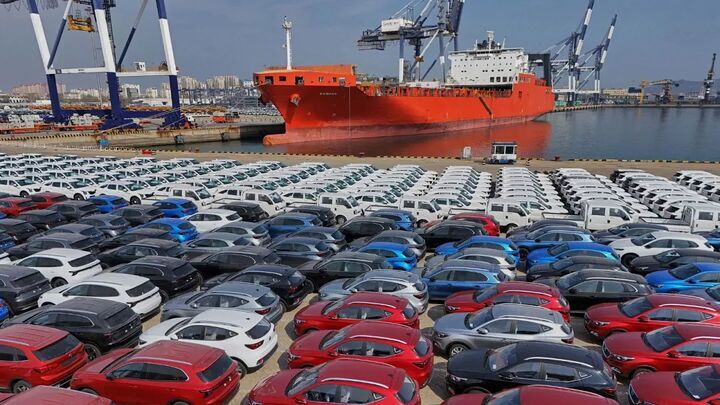PMO News Portal - According to Hamidreza Mohammadhosseini Takhti, Director of Shahid Bahonar and Eastern Hormozgan Ports, agreements have been finalized with five global shipping companies to route their car transit services through Sirik Port. These services primarily originate from the United Arab Emirates.
Sirik Emerges as a New Maritime Gateway
Located in eastern Hormozgan and adjacent to the Makran coast, Sirik Port is rapidly positioning itself as a critical transit hub. Major investments by Iran’s Ports and Maritime Organization have significantly upgraded the port’s capacity and facilities.
With a 51-hectare hinterland, a 34-hectare basin, and ample draft, the port is now equipped to handle large volumes of vehicle imports and logistics operations.
Surge in Vehicle Landings Since Early May
Transit operations have intensified since the start of the current month. In just a few weeks, 25 voyages — mainly landing craft — have delivered over 2,500 vehicles to Sirik Port.
Mohammadhosseini Takhti highlighted the port’s operational efficiency and strategic location, which are attracting increasing interest from global shipping lines.
More International Lines on the Horizon
Two additional car carrier companies have recently conducted site assessments at Sirik. Their expected entry will further boost the port’s throughput and reinforce its role in regional trade.
“We are actively pursuing more shipping lines to join operations at Sirik Port,” Mohammadhosseini Takhti stated, noting that new agreements will be announced soon.
Driving Iran’s Maritime Diversification Strategy
Sirik’s development supports national objectives to decentralize cargo traffic, reduce pressure on traditional ports, and enhance links with Gulf states.
The port’s rise aligns with broader efforts to transform the Makran coast into a dynamic corridor for trade, investment, and logistics in the region.

